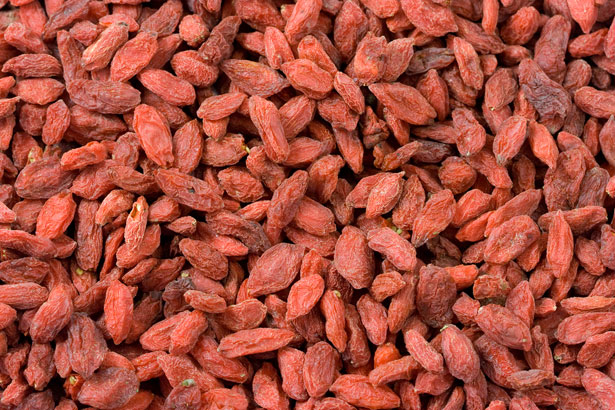Growing goji berries hydroponically can be a viable and efficient way to cultivate these nutritious berries. Here are the steps to consider when growing goji berries hydroponically:
- Choose a Hydroponic System: Select a hydroponic system suitable for growing goji berries. Options include nutrient film technique (NFT), deep water culture (DWC), or drip irrigation systems. Consider the size and number of plants you want to grow and choose a system that accommodates their needs.
- Start with Healthy Plants: Obtain healthy goji berry plants from a reputable nursery or propagate them from cuttings. Ensure that the plants are disease-free and have well-developed root systems.
- Prepare the Hydroponic Medium: Choose a suitable hydroponic medium that provides support and good drainage for the plants’ roots. Options include perlite, vermiculite, or coco coir. Avoid using soil, as it can lead to clogging in the hydroponic system.
- Transplanting the Seedlings: Once the seedlings or young plants are ready, transplant them into the hydroponic system. Place the roots into the hydroponic medium, ensuring they are securely anchored. Provide adequate support for the plants, such as trellising, as goji berries are vining plants that benefit from vertical growth.
- Nutrient Solution: Prepare a nutrient solution specifically formulated for fruiting plants like goji berries. Follow the manufacturer’s instructions for dilution and adjust the pH level to the optimal range for goji berry cultivation, typically between 6.0 and 7.0. Monitor and maintain the nutrient solution’s levels throughout the growing cycle.
- Lighting and Temperature: Provide sufficient lighting for the goji berry plants. LED grow lights are commonly used in hydroponic systems as they are energy-efficient and emit the necessary wavelengths for photosynthesis. Maintain a consistent temperature range suitable for goji berry growth, typically around 65-75°F (18-24°C).
- Watering and Oxygenation: Ensure that the plants receive adequate water and oxygenation. Depending on the hydroponic system, you may need to monitor and adjust the water level to maintain the optimal moisture for the plants’ roots. Proper aeration through the use of air stones or diffusers is essential for oxygenating the root zone.
- Pollination: Goji berries require pollination for fruit set. In hydroponic systems, hand pollination can be done by gently shaking the plants or using a small brush to transfer pollen between flowers. Ensure good airflow within the growing area to aid in the pollination process.
- Pruning and Maintenance: Regularly inspect the plants for any signs of pests or diseases. Prune and train the plants to promote better air circulation, maintain their shape, and optimize fruit production. Remove any damaged or diseased parts promptly.
- Harvesting: Goji berries are ready for harvest when they turn bright red or orange and are fully ripe. Gently pluck the berries from the plants, being careful not to damage the branches or surrounding foliage.
By following these steps and providing proper care, you can successfully grow goji berries hydroponically and enjoy a continuous supply of fresh and nutritious berries throughout the growing season.



